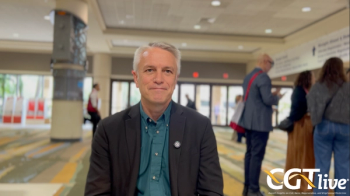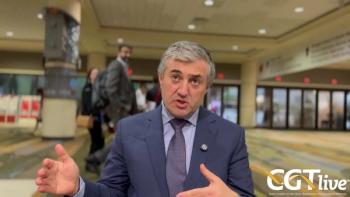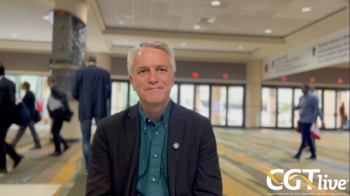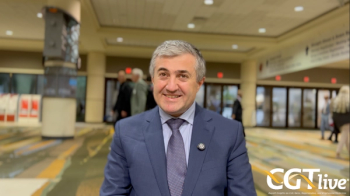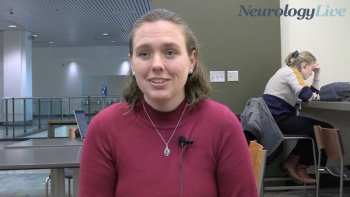
Dr. Leslie on the Development of CAR T-Cell Therapy in DLBCL and MCL
Lori A. Leslie, MD, discusses developments in CAR T-cell therapy in diffuse large B-cell lymphoma and mantle cell lymphoma.
Lori A. Leslie, MD, a hematology/oncology specialist at John Theurer Cancer Center, discusses developments in CAR T-cell therapy in diffuse large B-cell lymphoma (DLBCL) and mantle cell lymphoma (MCL).
A lot has been done with CAR T-cell therapy since the approval of axicabtagene ciloleucel (axi-cel; Yescarta) in 2017 for patients with relapsed/refractory DLBCL, says Leslie. Initial studies examined this approach in patients with DLBCL who were very refractory, were more appropriate for hospice than CAR T cells, and had aggressive lymphoma. Approximately 40% of patients experienced long-term complete remissions (CRs) or potential cure, which is impressive in a patient population that was expected to live less than 6 months, explains Leslie.
CAR T-cell therapy is moving earlier in the treatment journey for DLBCL. When a standard-of-care option is used, patients have usually received 2 prior lines of therapy, they’re not as refractory, and are in better shape to start CAR T-cell therapy; these patients have more flexibility to wait between T-cell collection and CAR T manufacturing, says Leslie.
Ongoing studies are looking at potentially replacing autologous stem cell transplant (ASCT) with CAR T cells, even in the second-line setting for patients who are at high risk of relapse within 1year of frontline therapy, adds Leslie. Trials are looking at randomizing patients to either CAR T-cell therapy or standard salvage ASCT in this setting. Similar studies are being conducted in the MCL space.
Development in low-grade lymphomas and MCL will be similar, Leslie adds. Brexucabtagene autoleucel (Tecartus; formerly KTE-X19) has been approved by the FDA for patients with relapsed/refractory MCL. Plans are underway to move this modality earlier on in the treatment journey, particularly in patients with p53-mutated abnormal MCL, blastoid MCL, or pleomorphic high-risk MCL. The goal is to eradicate minimal residual disease (MRD) after frontline treatment if patients do not experience an MRD-negative CR, says Leslie. Those are exciting research questions that will be answered in the near future, concludes Leslie.
Newsletter
Stay at the forefront of cutting-edge science with CGT—your direct line to expert insights, breakthrough data, and real-time coverage of the latest advancements in cell and gene therapy.

